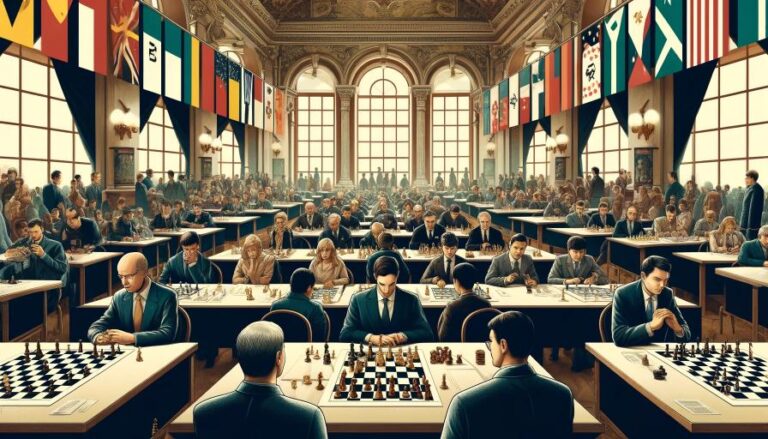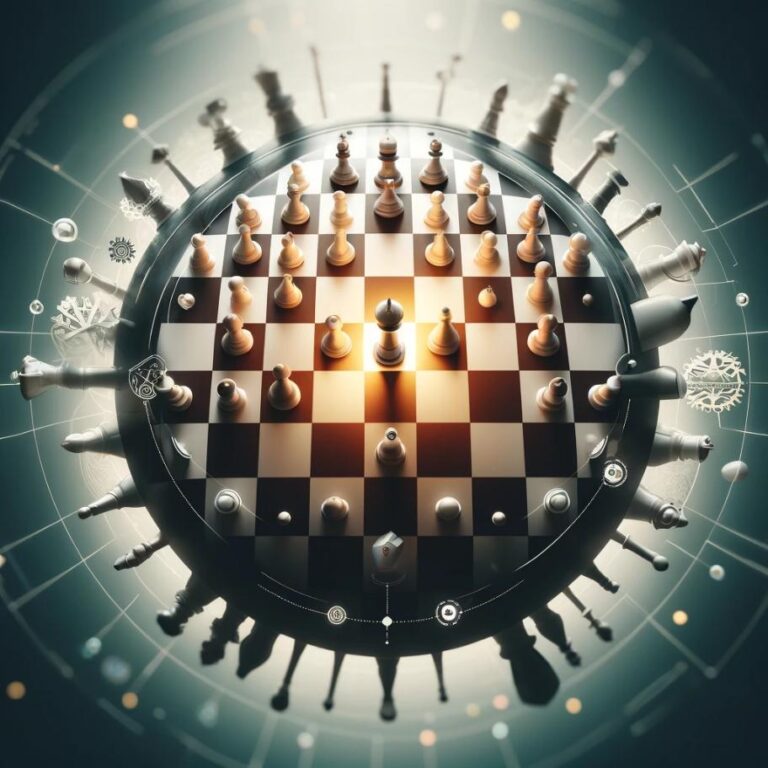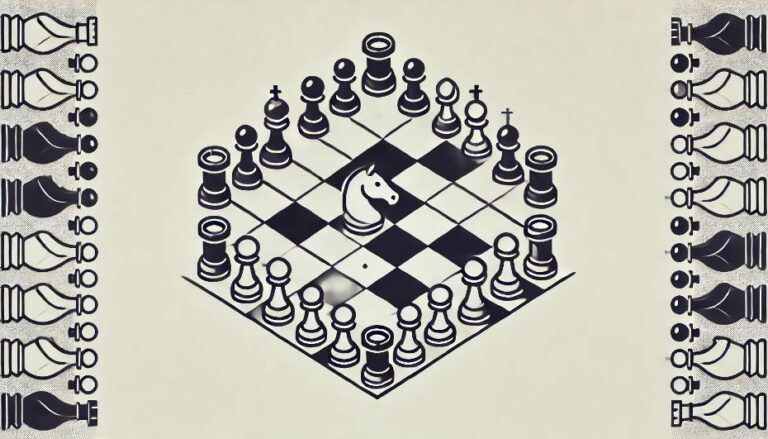The Basics of Chess
Chess is a strategic board game that has been played for centuries. It is a game of skill, intelligence, and foresight, and is often referred to as the “game of kings”. The objective of the game is to put the opponent´s king in a position where it cannot escape capture, commonly known as checkmate. Chess is played on a square board consisting of 64 squares, with each player starting with 16 pieces, including a king, queen, bishops, knights, rooks, and pawns. In recent years, the rise of artificial intelligence (AI) has made chess even more interesting and challenging, with AI-powered chess engines able to calculate millions of moves in a matter of seconds. In this section, we will discuss the basics of chess and how to prepare for competitive play.
The chessboard consists of 64 alternating light and dark-colored squares, with eight squares on each side. Each player starts with 16 pieces, with the king starting on a square of their own color. The queen, the most powerful piece on the board, starts on the same color as the player. The bishop, knight, and rook have specific starting positions that are always the same. Finally, the pawns, the weakest but most numerous pieces on the board, occupy the front row of the player´s side.
Mastering Chess Strategies and Tactics
To have a good understanding of chess, one must not only know the basic rules and movements of pieces but also master various strategies and tactics. Chess is a game of prediction, where the player must plan ahead and anticipate the opponent´s moves. This process is known as “seeing ahead”. A chess player must always be thinking several moves ahead to try and anticipate their opponent´s possible responses.
The middlegame is where most of the action takes place, and it is the most crucial stage of the game. This is where players try to create an advantage by developing strong positions and threatening their opponent´s pieces. It is also the stage where players begin to formulate an endgame strategy, taking into account their strengths and weaknesses on the board.
The Role of AI in Chess
Today, AI has become a significant factor in competitive chess, with the rise of powerful chess engines that can calculate and analyze millions of moves in a matter of seconds. These engines are used by professional players to study their opponents´ games, analyze their own games, and improve their skills.
Preparing for Competitive Play
To prepare for competitive chess, one must have a deep understanding of the game´s fundamentals, various strategies, and tactics. It is essential to study different openings and learn how to counter them. Practice is also crucial in chess, as it allows players to hone their skills and improve their gameplay. Playing against different opponents of varying skill levels is a great way to learn and gain experience.
In conclusion, chess is a game of skill, strategy, and foresight that has stood the test of time. With the advent of AI and powerful chess engines, the game has become even more interesting and challenging. To excel in competitive play, players must have a strong understanding of the basics, master various strategies and tactics, and learn from previous games. With practice and dedication, anyone can improve their chess game and become a formidable player.





